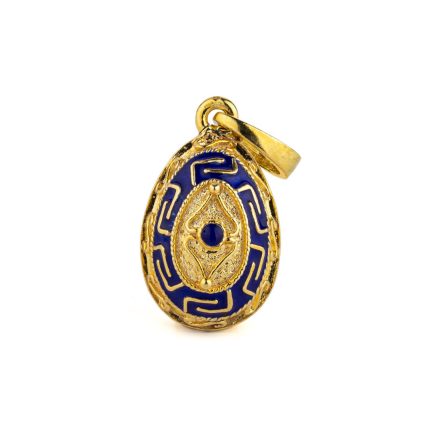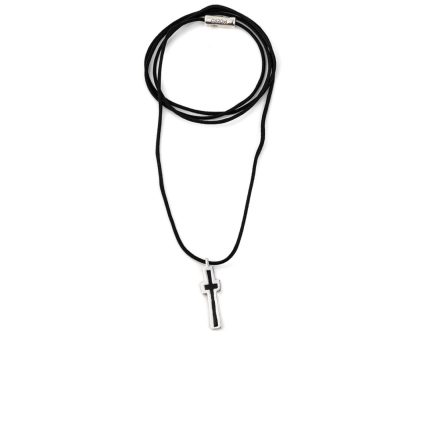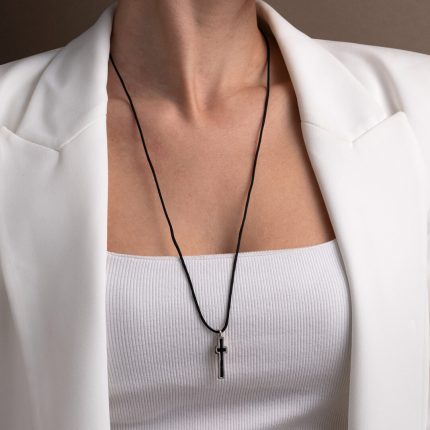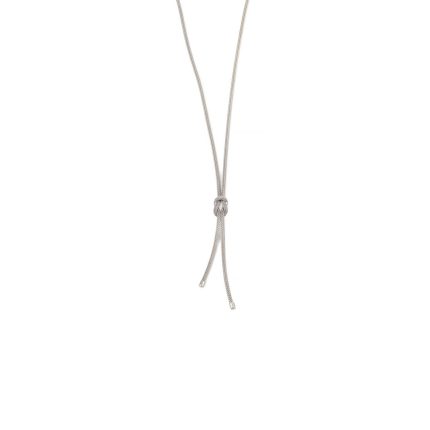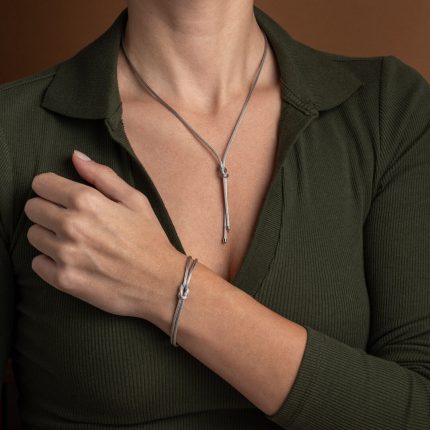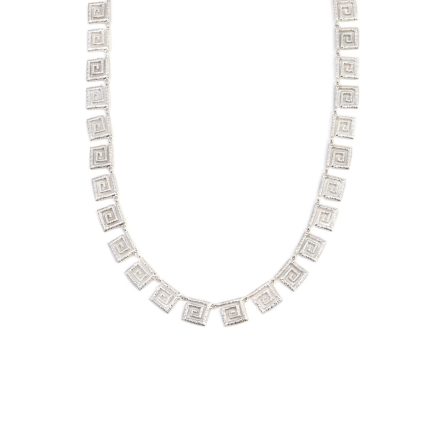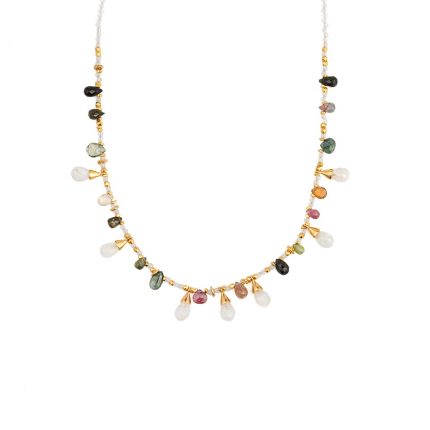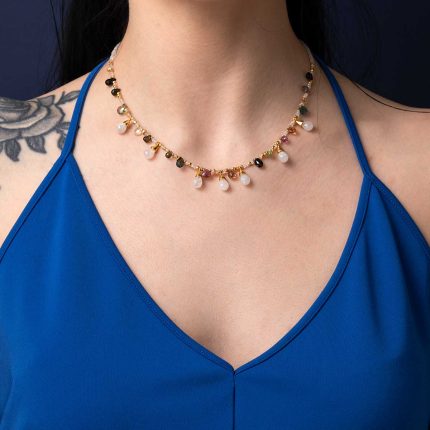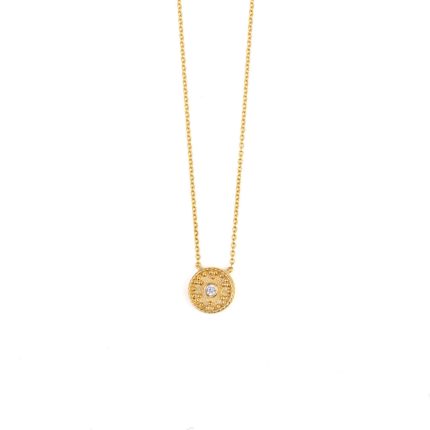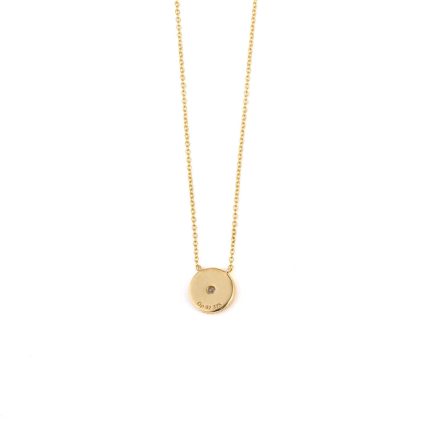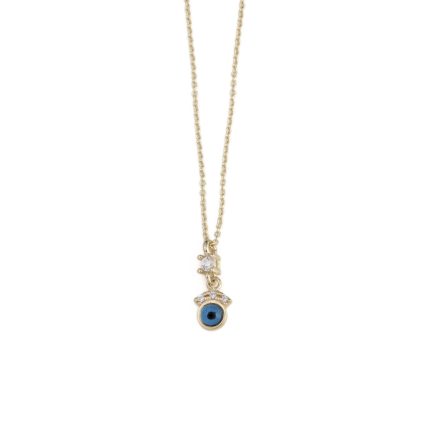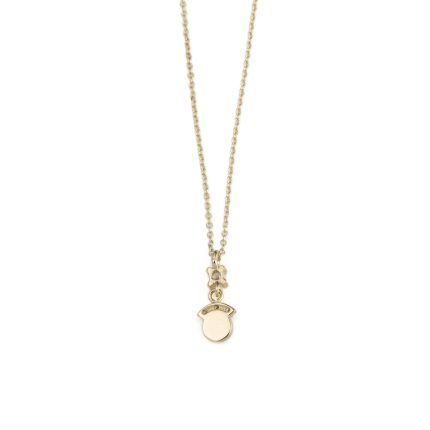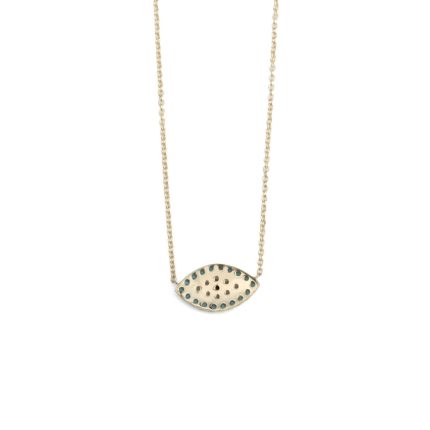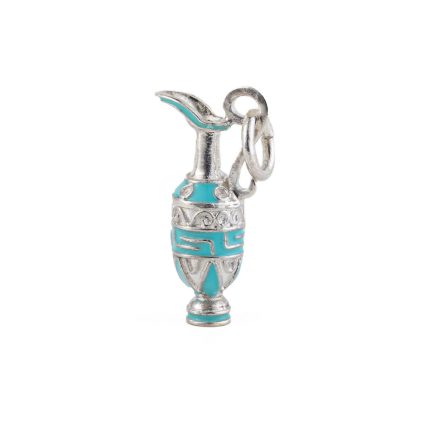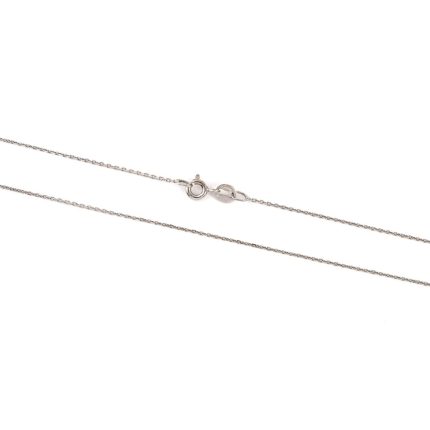Ταξινόμηση κατά
Υλικό
- 14k χρυσό και ασήμι 925 (11)
- ασήμι 925 (303)
- επίχρυσο (181)
- ροζ χρυσό επιχρύσωμα (6)
- σμάλτο (79)
- χρυσό (114)
Σχέδιο
- Αμφορέας (6)
- Αυγό (37)
- Ήλιος της Βεργίνας (1)
- Κουκουβάγια (5)
- Κριάρι (2)
- Κωνσταντινάτο (5)
- Λιοντάρι (2)
- Μινωικά (5)
- Μπουζούκι (6)
- Σπαρτιάτικα (1)
- Τσαρούχι (3)
Νόμισμα
- Αλέξανδρος ο Μέγας (5)
- Ηρακλής - Τετράδραχμο (1)
- Θεά Αθηνά (9)
Λίθος
- amazonite (4)
- amethyst (3)
- apatite (4)
- aqua chalcedony (1)
- aquamarine (7)
- black zirconia (2)
- blue topaz (7)
- chalcedony (1)
- chrysocolla (1)
- chrysoprase (1)
- coral (2)
- crystals (16)
- diamond (1)
- emerald (1)
- fildisi (4)
- garnet (1)
- geen onyx (1)
- glass engaving (3)
- golden yellow crystal (16)
- green copper (1)
- green peridot zirconia (1)
- labradorite (19)
- lapis lazuli (10)
- light champagne zirconia (1)
- london blue topaz (1)
- malachite (1)
- moonstone (2)
- mother of pearl (25)
- multi stone (1)
- olive green crystal (16)
- onyx (2)
- opal (17)
- pariba (2)
- pearl (10)
- peridot (2)
- peridot green crystal (16)
- pure white crystal (16)
- quartz (2)
- rhodolite violet crystal (16)
- rose quartz (2)
- rose red zirconia (1)
- rubinite (1)
- ruby (1)
- sapphire (1)
- sodalite (1)
- spinel blue crystal (16)
- swarovski (3)
- tanzanite (2)
- tiger eye (17)
- topaz (2)
- tourmaline (9)
- turquoise (6)
- white zirconia (20)
- zircon (72)
Φιλτράρισμα ανά τιμή
Κατάσταση αποθέματος
-15%
-15%
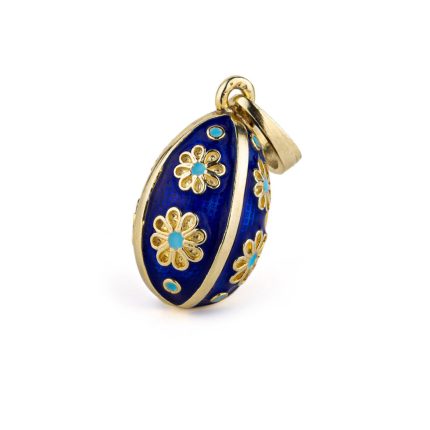
Επιλογή
Αυτό το προϊόν έχει πολλαπλές παραλλαγές. Οι επιλογές μπορούν να επιλεγούν στη σελίδα του προϊόντος
Κολιέ Μενταγιόν Αυγό με Μπλε και Τιρκουάζ – Ασήμι 925 Επιχρυσωμένο
-15%
-15%
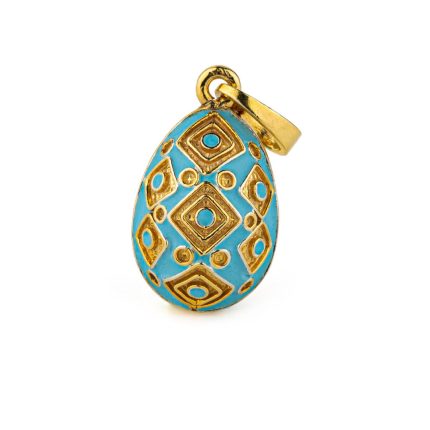
Επιλογή
Αυτό το προϊόν έχει πολλαπλές παραλλαγές. Οι επιλογές μπορούν να επιλεγούν στη σελίδα του προϊόντος
Μενταγιόν Κολιέ Αυγό – Ασήμι 925 Επιχρυσωμένο
-15%
-15%
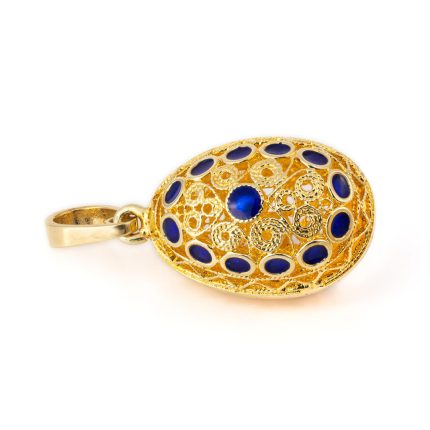
Επιλογή
Αυτό το προϊόν έχει πολλαπλές παραλλαγές. Οι επιλογές μπορούν να επιλεγούν στη σελίδα του προϊόντος
Κολιέ Μενταγιόν Αυγό – Ασήμι 925 Επιχρυσωμένο
-15%
-15%
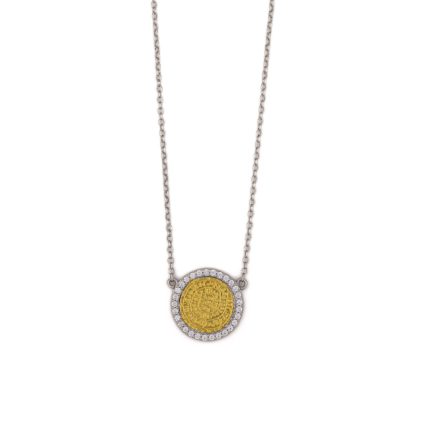
Επιλογή
Αυτό το προϊόν έχει πολλαπλές παραλλαγές. Οι επιλογές μπορούν να επιλεγούν στη σελίδα του προϊόντος
Κολιέ Δίσκος της Φαιστού με Ζιργκόν – Ασήμι 925 Επιχρυσωμένο
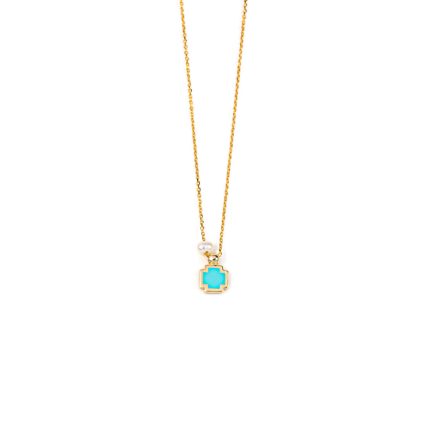
Επιλογή
Αυτό το προϊόν έχει πολλαπλές παραλλαγές. Οι επιλογές μπορούν να επιλεγούν στη σελίδα του προϊόντος
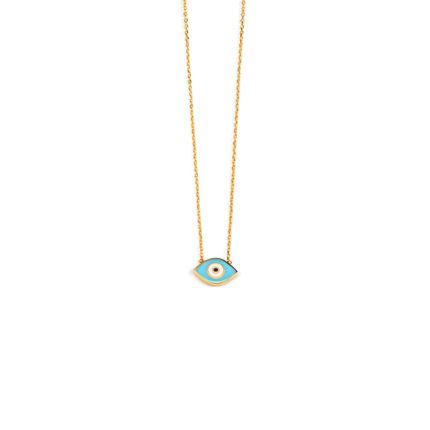
Επιλογή
Αυτό το προϊόν έχει πολλαπλές παραλλαγές. Οι επιλογές μπορούν να επιλεγούν στη σελίδα του προϊόντος
-15%
-15%
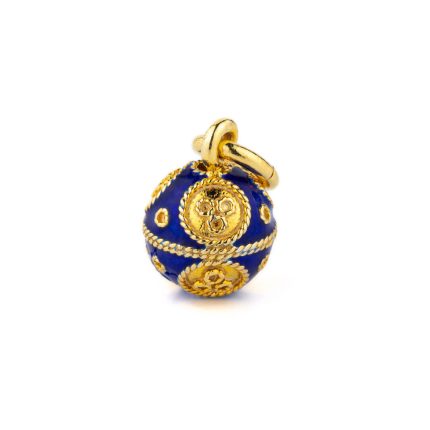
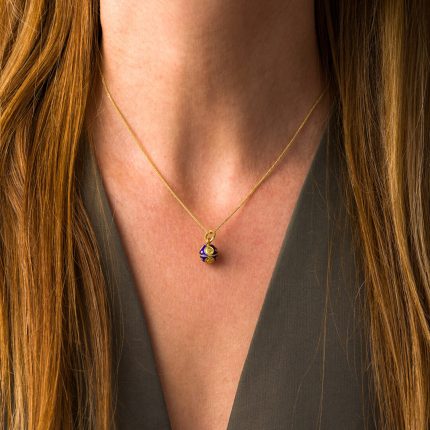
Επιλογή
Αυτό το προϊόν έχει πολλαπλές παραλλαγές. Οι επιλογές μπορούν να επιλεγούν στη σελίδα του προϊόντος

